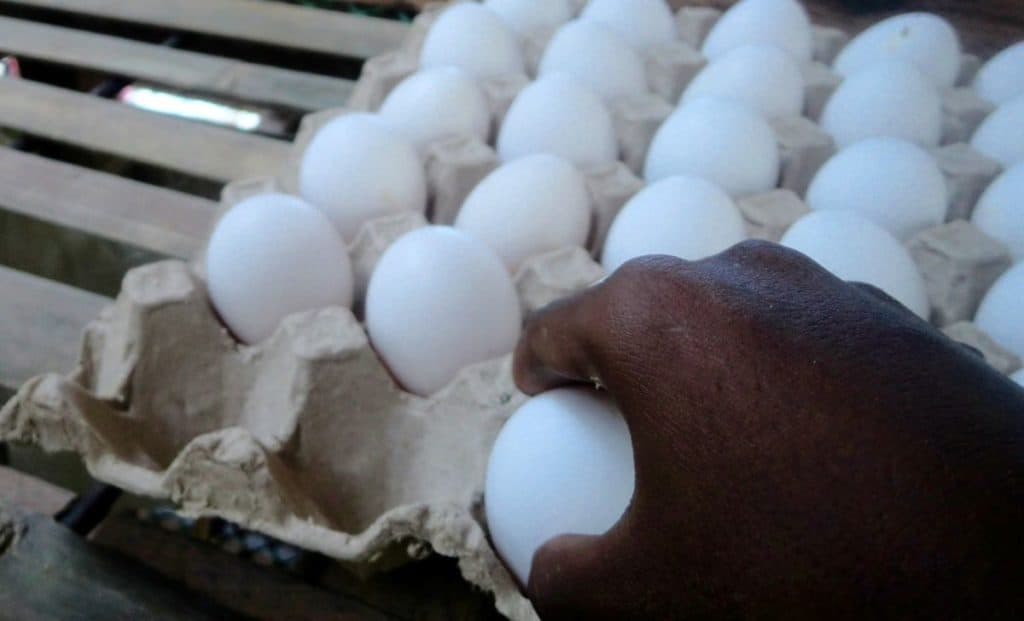Last Updated on October 27, 2024 by Ellen
How much does it cost to produce an egg?
What are the variables that affect that cost?
Can you make any money selling eggs?
Key questions if one is entering the poultry farm business.
Egg economics
About a month ago, with the help of numerous overseas contributors, we launched an egg-producing operation for the disadvantaged, indigenous Ati people on the northern edge of Panay Island in the Philippines.
We’ve written extensively about various project details. But we’ve never broken down the business aspects – the ‘egg economics’ – of the endeavor.
What follows is the basic financial outline of the ongoing venture. All figures are reflected in U.S. dollars (converted from Philippine pesos).
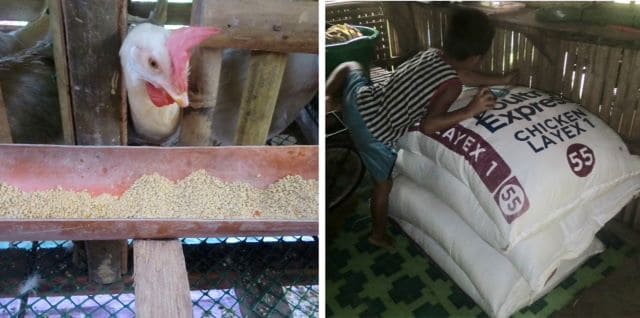
Feed costs
Fifty kilo sacks (110 lbs.) of high quality, Pilmico brand, Chicken Layex 1 feed are $30 each.
Our chickens eat two sacks per week.
Weekly total: $60.
(I mistakenly said feed came in 100 Kilo sacks for $30 in one previous project update.)
Egg production
About 120 to 130 eggs per day is the maximum we can expect from our hens. Breeders advertise 92 percent to 93 percent daily production in ideal conditions.
We have indeed been getting just over four trays of large-size eggs each day (30 eggs per tray).
Egg prices
A tray of large eggs (30) can be sold for $4.
(Some discount or premium is possible – perhaps 20¢ either way.)
The math
The overall math is pretty simple.
Each week, 28 trays of eggs can be assured.
Each tray sells for $4.
Total weekly egg receipts would be $112.
Total feed cost per week is $60.
The difference / profit per week should be $52.
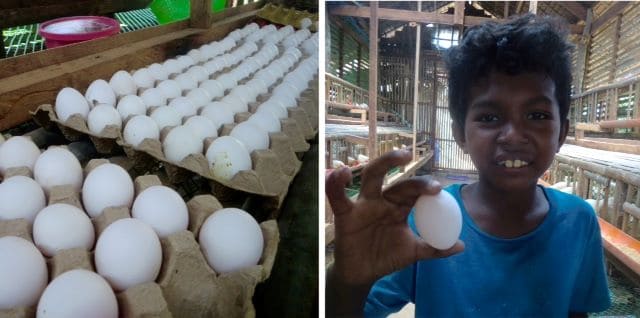
As you can plainly see, egg farming is NOT an especially lucrative enterprise.
Profit divisions
Of course, the ‘profit’ shown above must be divided by the handful of people doing the daily work: feeding, cleaning, egg collecting, transporting, delivering, selling, record-keeping.
In our case, there is one primary chicken caretaker, and one assistant. There is also one primary sales/distribution person, and one assistant.
Under the best of circumstances, perhaps one more tray of eggs could be produced per week. And maybe an extra 20¢ per tray could be realized.
That would add $9.80 to the weekly revenue totaling $121.80 – making the weekly profit $61.80.
Realistically, charging anything above $4 per tray is not possible. There is an abundance of eggs on the local market. In fact, large eggs – just like ours- can be purchased for $3.80 at many retailers.
Selling individual eggs for 18 or 20 cents each is how those retailers make a little money on egg sales.
The Ati sell individual eggs to members of their tribe for 12 cents – for sustenance. A higher margin ‘retail store’ is not pragmatic.
Sobering summary
Obviously, no person in the developed world could survive on $50 to $60 per week. But here in Malay, Aklan, Panay, Philippines, the daily labor rate is $5. The small profit from the hen house can provide some support to several people/families.
We did know at the start of our involvement that the financial rewards of a small Philippine egg farm would be modest. The missionaries who helped build previous hen houses (destroyed by typhoons) said the egg economics would be “tight”.
But the Ati have had success producing salable eggs on a similar scale before. We expect they will do the best they can with the current business.
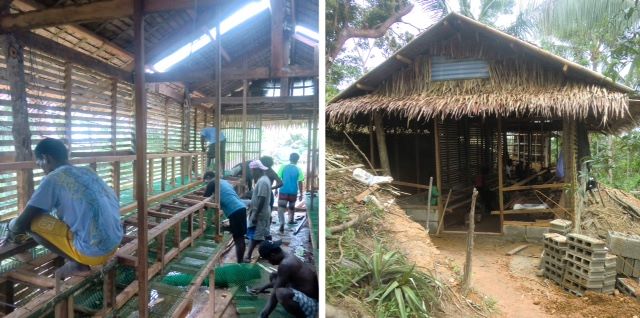
Why we did this
As a reminder, we agreed to finance the Ati hen house at a time when coronavirus lockdowns had virtually shut down the local economy. People had no jobs, income, food, stimulus checks. Being at the bottom of the socioeconomic spectrum, the Ati were especially hard hit.
We would likely have donated some thousands in cash to the tribe, just to keep their hundreds of members and families fed. Instead we paid wages to get a hen house built and a small business started.
Mission accomplished.
We sincerely thank all those who contributed to this cause.
Everyone needs help
The Malay, Aklan economy is largely based on tourism to the world-renowned beach island of Boracay – just one mile offshore.
As of the end of August 2020, only very limited tourist activity has returned. Unemployment and desperation is everywhere in this region.
We (EarthVagabonds.com) have paused our world wandering here to ride out the global pandemic. We have tried to help the local people the best we can during this extraordinary time.
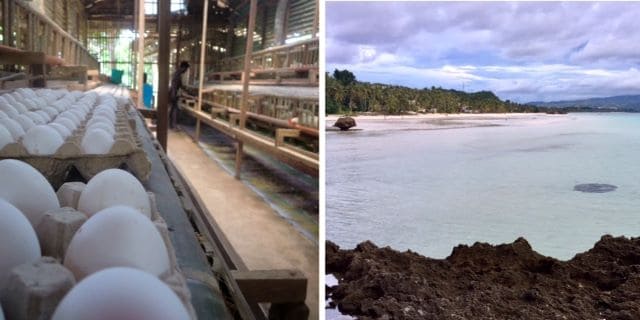
As always, be thankful and generous, happy trails & more beer.
Life is NOW!
Thanks for reading, “Egg economics: Sobering summary of Ati project.”
What to read next:

